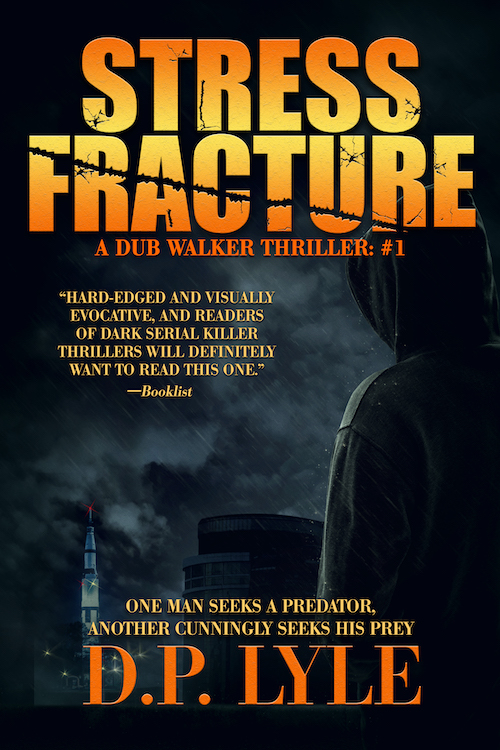
To say that DNA had revolutionized criminal investigations would be a huge understatement. Prior to DNA profiling, identifying a suspect with absolute certainty was more difficult. Fingerprints would work, of course, and eyewitness accounts, though flawed in many ways, could also help. But a criminal leaving behind biological evidence such as blood, semen, saliva, hair, skin cells, and other little bits, offers a method of identity that is second to none. DNA profiling has been used to catch many a criminal. But, in order for it to do its work, there must be something for the DNA analyst to compare the crime scene sample against. The DNA database, CODIS, helps because it stores millions of DNA profiles and if the perpetrator is in the system, a match can be made. But if he is not, the database is of little help.
DNA analysis can reveal the gender of the person who left behind the sample quite easily. But our DNA controls more than that. It determines how tall we will be, what our hair and eye color will be, our intellectual level, our ability to play music, and many other things. Familial DNA has been used to narrow down unknown samples to a smaller group, such as an extended family. And lately, this is been used in conjunction with the various ancestral databases to solve some crimes. But a newer technique offers another tool on the DNA front. It’s called DNA Phenotyping.
The principle seems simple: Since our DNA determines what we look like, would it not be possible to take a DNA sample and then create an image of the individual it belonged to? Maybe. At least great strides have been made in that regard. A case in point is that of research biologist Le Bich-Thuy, who was raped, battered, and strangled 24 years ago. DNA obtained from that scene was subjected to DNA Phenotyping and an image of the individual who likely perpetrated the crime was generated. Not only that, the image was age altered so that it would more accurately reflect what he might look like now. Fascinating case.

























Natalie Damschroder
October 8, 2018 at 8:58 am
The second episode of the new show FBI had this as a plot point. I wondered if it was extrapolating to what might be possible in the future or if it’s real. I’m sure the speed was fabricated, but it’s fascinating to know it exists now.
LikeLike
D.P. Lyle, MD
October 8, 2018 at 9:01 am
Yes, all those shows push the edge a bit and definitely compress the timeline. But they only have 42 minutes of screen time and they’re built to entertain, not educate.
LikeLiked by 1 person
Chris Sager
October 8, 2018 at 11:22 am
Hi Dr. Lyle, I was a student of yours back in 2012 – 2013 at DeSales University, where I received my Masters Degree. I am currently a Detective Sergeant with a local police department in New York and work as a Medicolegal Death Investigator at the County Medical Examiner’s Office. Having a law enforcement background, it took me a while to learn some of the medical acronyms and medical terminology. I still use your book, ‘Howdoneit’, as a reference when writing reports and conducting law enforcement trainings on Death Investigations and the processes of death on the body, as well as other related topics in your book.
Over the past few years, I have been leading the investigation into a 17 year old cold case homicide, where a 32 year old female – Nancy Smith (occurred in New Windsor, NY in 2001).
One of the pieces of evidence in this case is a ‘partial DNA profile’ that came from a hair found at the crime scene. The partial DNA profile only has 8 alliles, and has been identified as a Male.
Whenever I read an article, reference to phenotyping, familial DNA or using the many public DNA databases to help in criminal cases, I grow increasingly frustrated, because in New York, the ‘testing methods’ or ‘science’ behind the testing methods is not recognized in New York Criminal Courts. Therefore, we are unable to send our DNA evidence to a private lab, such as Parabon.
During the investigation, we have secured 65+ buccal swabs from males (family, friends, acquaintances, co-workers, neighbors, etc) so far… no match.
Do you think this ‘testing technology’ will every make it to the public criminal labs?
LikeLike
D.P. Lyle, MD
October 8, 2018 at 11:40 am
Congrats on your new position. I know it keeps you busy. As with any new technique, whether it becomes a commonly and widely used tool depends on how reliable and useful it becomes.
LikeLike